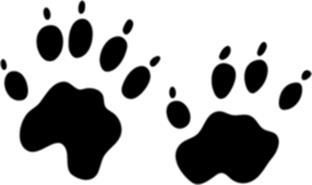Groundhog Repellents - There are a countless number of products that can be purchased online and at hardware stores that claim to get rid of woodchucks. The groundhog’s burrow system is about four to five feet deep, has numerous entry points and normally extends twenty five feet horizontally. When threatened, the woodchuck will retreat to this underground fortress. Groundhog spray repellents, ammonia, predator urine, mothballs and ultrasonic devices, at best may make the woodchuck uncomfortable, but will not convince them to leave their underground bunker. When it comes to groundhog removal and control in Nassau County, repellents are not an effective method.
Groundhog Trapping - This is a proven technique and is the only effective way to get rid of groundhogs. Groundhog trapping is the method used by Nassau County Animal Removal wildlife control operators. Knowing what type of whistle pig trap to use and what bait to use is largely dependent upon what time of the year it is. The groundhog trapping techniques that our Nassau County groundhog removal wildlife trappers use, is also dependent upon the situation and where the animals are on your property. The woodchuck may have burrowed under the foundation of your Nassau County home, business, shed, deck or porch. The wildlife control operators at Nassau County Animal Removal know what groundhog trap and what groundhog bait to use in every situation.
Groundhog Exclusion - This is the last step in the groundhog removal and control process. Upon completion of the groundhog removal, we will send out a licensed Nassau County contractor to give you a free estimate on any repairs that need to be done to your Nassau County, Long Island home, or business to keep groundhogs out. Our wildlife control experts will suggest any modifications that can be made to your home, or business to prevent future encounters with groundhogs, or unwanted wildlife.






